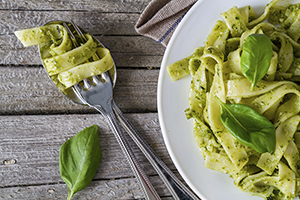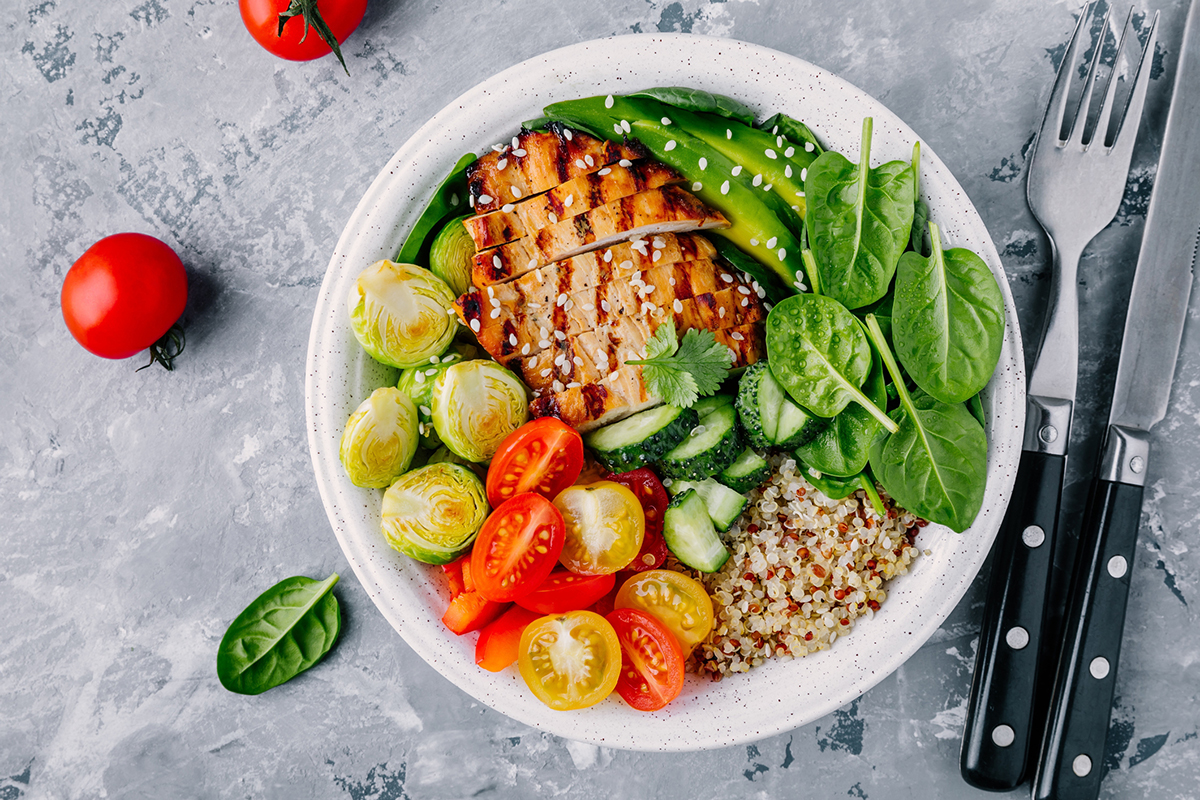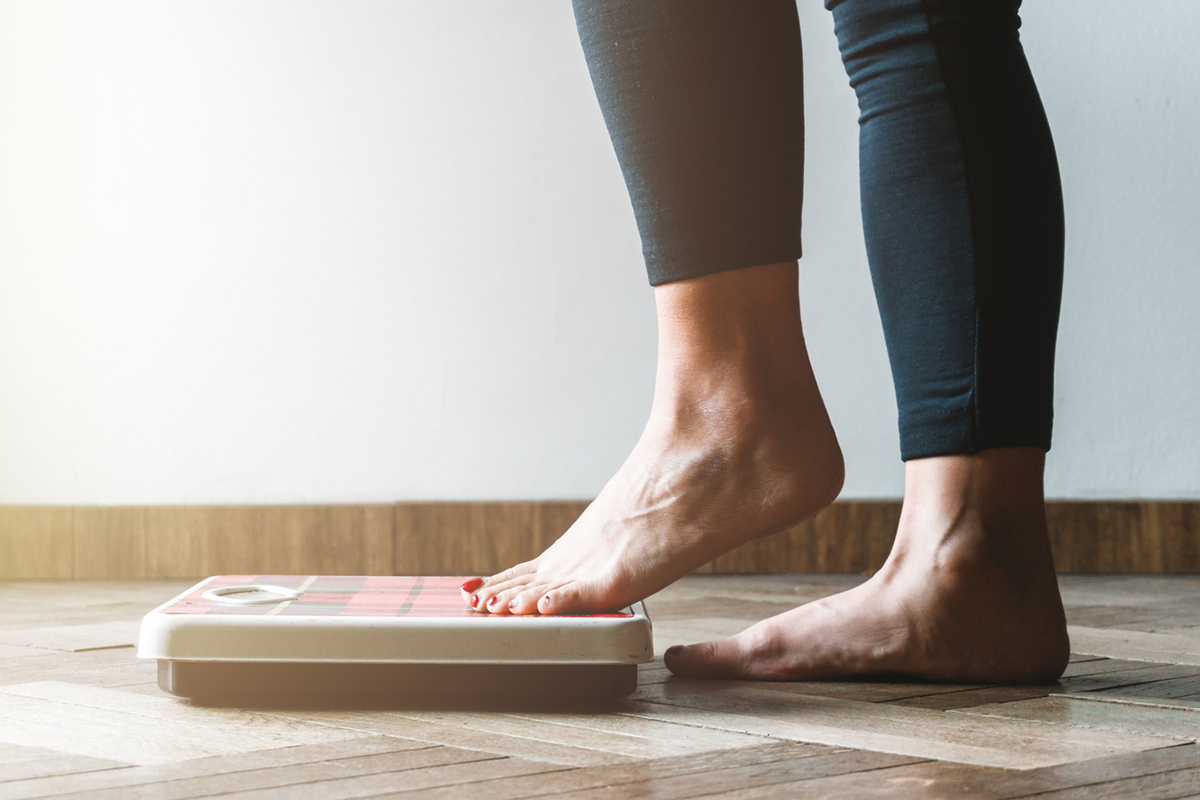Oh but wouldn’t it be great if it were true? I have the study in hand so let me break it down for you:
As reported in Nutrition & Diabetes, this observational study’s objective was to examine any association, if one exists, between pasta consumption as part of a Mediterranean diet and its impact on body mass index and waist-to-hip ratio.
The researchers looked at two geographically different, large Mediterranean populations—a total of over 23,000 participants; 14,402 from the Moli-sani cohort and 8,964 from the Italian Nutrition & Health Survey (INHES).
They concluded that pasta intake as part of a Mediterranean diet was associated with a lower prevalence of overweight and obesity including BMI, waist-to-hip ratio and waist circumference.
But is their finding actually due to pasta intake? Or did this occur because the participants were following a Mediterranean diet? Because embarking on a Mediterranean diet will lower the incidence of overweight and obesity in virtually any population.
But wait! The pasta intake reported ranged from about 50 to approximately 80 grams per day. Translation: About 1 2/3 to 2 ¾ ounces per day—cooked! In terms of carbs, that’s 12 to 22 grams per serving and only 70 to 110 calories (just the pasta, not the sauce).
Here’s what that looks like: a small side of pasta taking up about a third of your plate alongside your…um, chicken cutlet or medallions of veal with some broccoli rabe. I don’t know about you but I suspect most folks who limit their pasta consumption to this small portion would lose weight too.
But is that the typical pasta serving most Americans consume? I don’t think so. Compare that to a real serving of, say, Barilla linguine, a 2 ounce serving of pasta (measured dry, not cooked) is a whopping 42 grams of carbs and 200 calories. FYI, that box of linguine contains eight servings.
Oh, and did I mention Barilla helped finance the study?
The researchers acknowledge that limitations do exist. They admit that due to the cross-sectional nature of the studies, they cannot show cause and effect. They also state the methodology of the studies “limit the clinical significance of the present conclusions.”
While the Moli-sani cohort data was collected via face-to-face interviews and clinical examinations, food frequency questionnaires were used in this group while the INHES data was collected via telephone-based surveys and one 24-hour diet recall. Because they’re relying on the recall of the participants regarding their food intake, there is plenty of room for underestimating or overestimating portions, making these methods largely unreliable. Simply put, no one actually measured how much they ate. The authors concede, “Possible errors because of misreporting by the participating subjects should also be acknowledged.”
And I know from my training as an RD that a 24-hour recall (especially just one) can’t accurately represent the dietary habits of any individual or population.
The bottom line is if the methodology is unreliable, the conclusions aren’t valid.
So what exactly did we learn from this study? Limiting your pasta portion to less than a serving while on a Mediterranean diet may help slim your waistline.
To your health!
As you may know, I’ve been doing a weekly “Q&A with Leyla” podcast feature with Dr. Hoffman. Now you can get my perspective and expertise every Friday on my own episode of the Intelligent Medicine Podcast. If you missed last week’s, you can listen here. To be sure you don’t miss out on any of my important insights and information, subscribe today!







